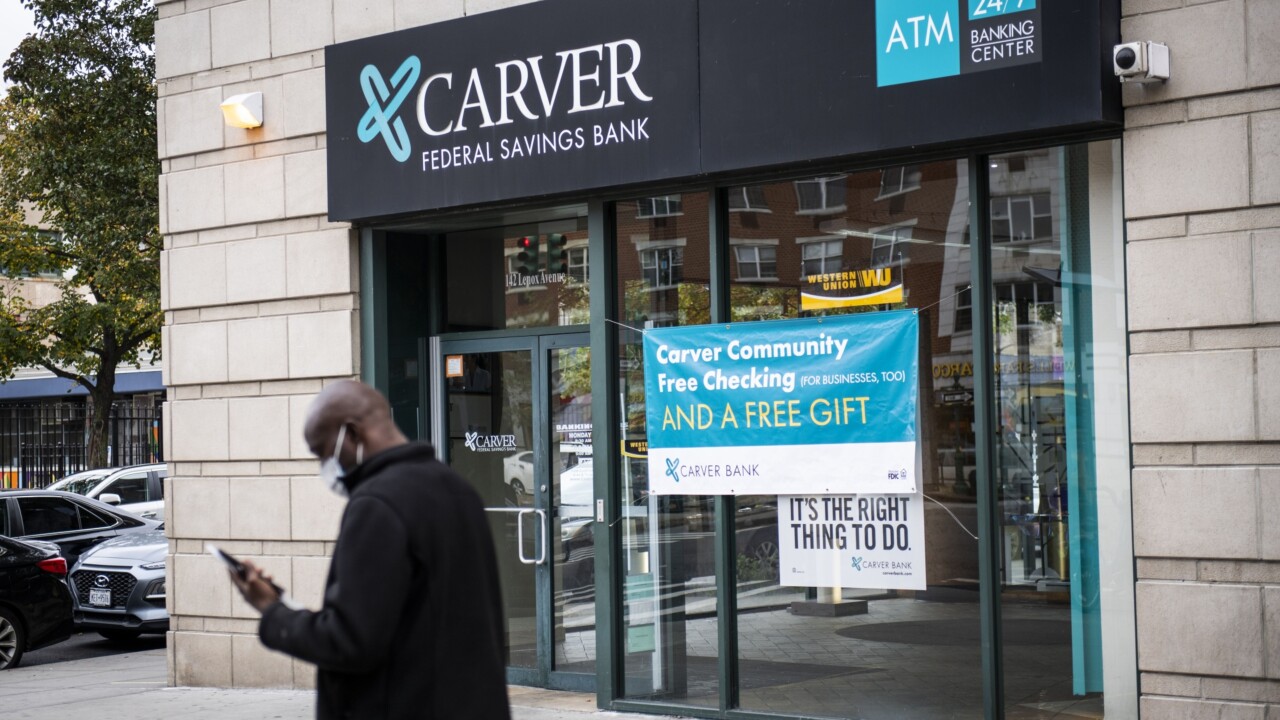
The Federal Reserve's
The release represents the first hard numbers from the central bank about usage of the payments rail, covering the first five quarters of activity since
In its first full quarter, Q4 2023, FedNow saw $13.6 million of transactions, followed by $31.4 million in the first quarter of this year, then just under half a billion last quarter.
Overall,
The data also clocked FedNow's average payment size at just under $52,000 — significantly larger than RTP's, which averaged around $800. TCH's network saw far more total transactions last quarter, with 87 million compared to the Fed's 336,487.
Both networks are dwarfed by the Fed's primary payments rail, the Automated Clearing House, or ACH system, which processed more than $10 trillion of activity from more than 4.8 trillion transactions during each of the past three quarters for which data is available.
Friday's data release represented the first hard numbers on
"The data show that adoption continues to grow, with modest volumes that are in line with the introduction of a new payments service," a Fed statement put out alongside the data reads.
During the past quarter, FedNow processed an average of more than 3,600 payments a day, averaging $190 million of transaction volume.
Faster payment advocates and
When Fed Vice Chair for Supervision Michael Barr said in an official response to the letter that uptake has been "modest," Fetterman sent and publicized a letter stating that he was "disappointed" in the lack of specificity.
"FedNow has been available for over a year, and the public deserves transparency about its performance and operations. I urge you to furnish a thorough and detailed response to my original questions," Fetterman wrote.
The senator asked for data on how many banks and credit unions had signed up for FedNow and how many of those were set up as "receive only" participants, meaning they can send out payments for immediate settlement. He also asked how many institutions had sent cumulatively more than $1 million through FedNow, what the Fed's official projections are for the platform's first five years of operations and what, if any, information the central bank has on the markups banks are charging customers for instant payment services.
Answers to those questions were not included in the Fed's data release on FedNow usage.






